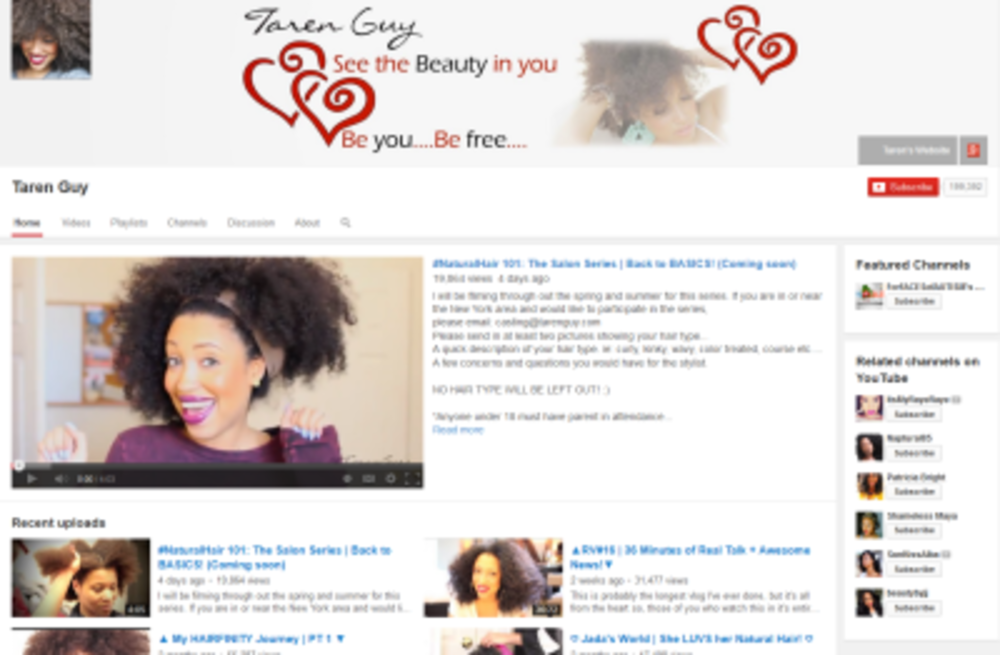YouTube is like a teeming, swarming Petri dish of potential viral gold—the question is: How can brands tap into it?
Gone are the days (if they ever existed) of pure experimentation. “Let’s just post this video and see what happens?
It’s not that earned media is dead—it’s just been replaced, in most cases, by science.
“How often does a viral video result in the audience you want to reach actually seeing it?” says Mike Henry, CEO of Outrigger Media, a company that works to connect brands with relevant, meaningful video content. “I have nothing against brands producing cool video content that creates water cooler chatter in the moment—but should that even be the goal for brands in terms of their creation or sponsorship of content?”
Of course, there are those amazing breakout hits that take the Internet by storm, but re-creating ‘What Does the Fox Say‘ for your cereal brand is fairly pointless. Not only is that kind of momentum hard to get—it probably won’t move the needle for your brand, anyway. Rather than focusing on going viral, brands should focus on being relevant. It’s the difference between five million random people watching your video but not buying anything—and targeting fewer people with the highest likelihood to be truly interested and take action.
One way to do this is to unearth—and then partner with and capitalize on—up-and-coming talent on YouTube, whether that means co-creation of content or strategic pre-roll. Outrigger’s OpenSlate platform, for example, analyzes the nature and quality of more than 150,000 YouTube channels and roughly 70 million videos with the aim of “demystifying YouTube for brand advertisers.” Outrigger partnered with DigitasLBi last year to use OpenSlate data for the agency’s “Emerging Talent Tracker,” a tool that looks to identify the next big YouTube stars with the highest potential for growth, reach, momentum, and influence.
It’s science over magic, Henry says.
“If you want to sell sneakers, find the next up-and-coming basketball channel on YouTube and get together with their program in a legitimate, organic way,” Henry says. “That way, you get to be a part of their growth over time, not virally, but consistently.”
YouTube “weblebrities“ (if you will) can be a good investment. They’re more affordable than big name celebrities, they have extremely loyal audiences, and they have truly authentic voices. “There’s a way to break down predicting virality into a science,” says Michael Fasciano, associate director of the Social.Content division at DigitasLBi. “But good video is also about connecting with consumers in an emotional manner.”
Speaking of which, here are some examples of YouTube stars on the rise:








